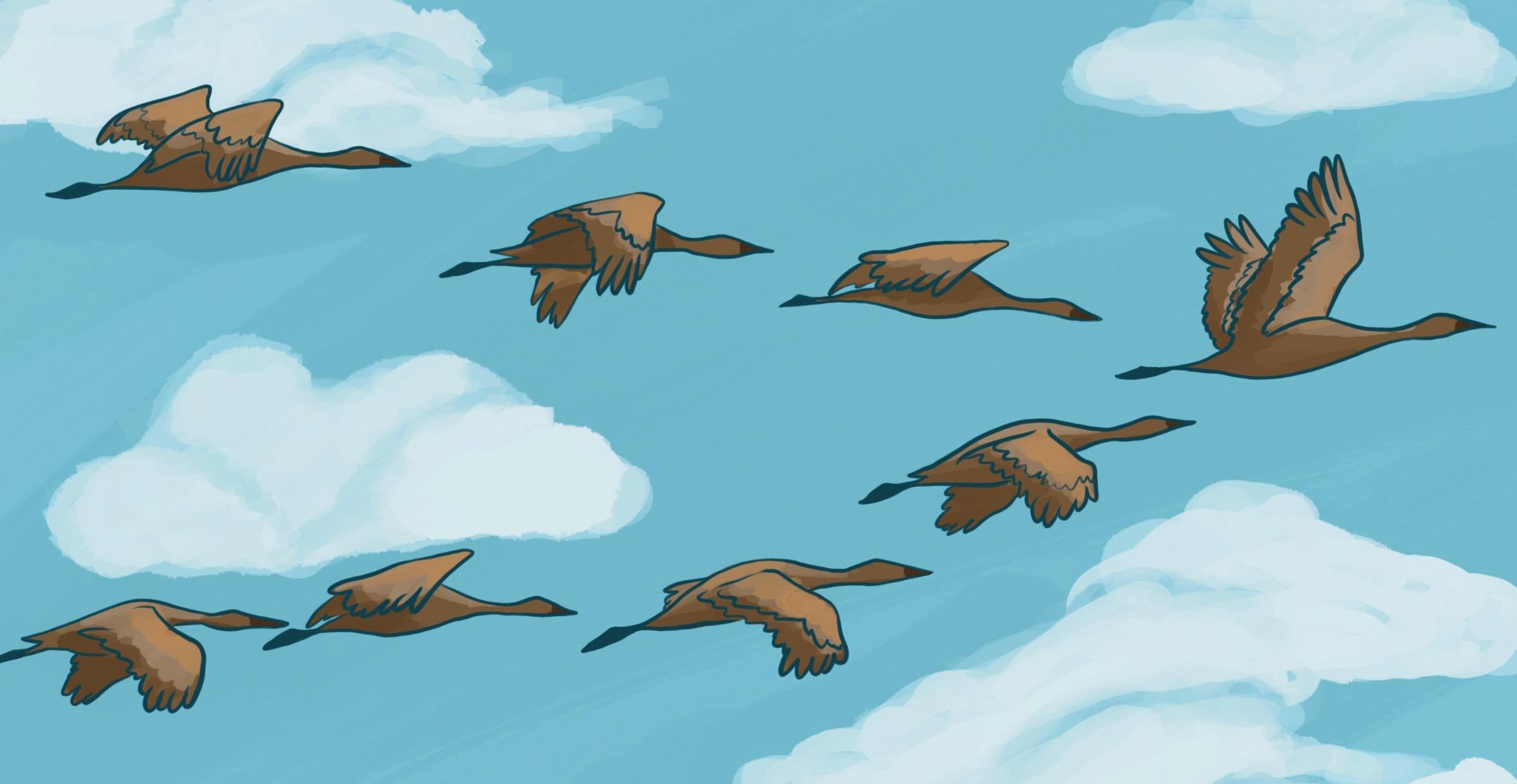
2 minute read
What’s with the squirrels on campus?
By Matt Troher Staff Writer
The Eastern Gray Squirrel. Sciurus carolinensis. Ten or 11 inches long on a good day, with a fluffy tail nearly as long as their body. They’re scruffy, they’re described to be kind of dopey looking and they’re everywhere on campus.
They’re a staple of the University. Freshmen and seniors alike line up to gawk every time a squirrel lifts a half-eaten slice of pizza out of a trash can. This campus is known for our squirrels. Heck, one even has its own Wikipedia page.
It’s common for a campus tour guide to inform prospective students about a campus squirrel-watching club when the inevitable critter scurries in front of a hurried tour group. Sometimes, the guide tells the tale of a subsequently formed squirrel-watchers-watching club in which members gaze at the supposed squirrel watchers in a humorous, self-referential, collegiate in the traditional sense type of way.
But how did they get here? Why are there so many? If someone drives 15 minutes off campus to Mahomet or Tolono they’ll still see squirrels, but not nearly as many as those that crowd Campustown. Shouldn’t it be the other way around? Shouldn’t those skittish little creatures congregate in less-populated areas?
Turns out, the story of the University’s squirrel population is a story of environmental degradation and human influence that began over a hundred years ago.
Prior to mass settlement and agricultural development, Illinois was covered by a rich mix of prairie and forest – habitats where squirrels can thrive. But by the time the University was founded in 1867, forests and prairies alike were being razed down to accommodate both the fast-growing state and the agriculture needed to sustain the nation. In 1978, the Illinois Natural History Survey published a report titled “Distribution and Abundance of the Grey Squirrel in Illinois,” detailing this decline.
“The (Illinois) gray squirrel apparently began declining in abundance almost as soon as the first white settlers began to clear the wilderness forests,” the report reads. “In Illinois, extensive clearing of the virgin forests led to the virtual disappearance of gray squirrels in many of the central and northern counties.”
Enter Andrew Sloan Draper, fourth president of the University of Illinois. A gruff, stately man beset with white mustache, Draper served as a New York state representative and as a judge before heading the young University for a decade from 1894 to 1904.
Draper saw the University and its surrounding community devoid of wildlife and came up with a plan to spruce up the area: Capture roughly 100 squirrels from out of town and introduce them to the campus, where they could be fruitful and multiply.
On July 5, 1901, Draper sent a letter to the University Board of Trustees officially recommending the introduction of the squirrels.
“For some years I have had in mind the domestication of squirrels upon the grounds of the University and have made some investigations which lead me to believe that the suggestion is entirely practicable,” Draper wrote. “If successful, the influence upon University life, and upon the feelings of students, would be considerable, and students would carry that influence to all parts of the State.”
The Board of Trustees approved the recommendation the following day, and for that decision we can thank the board for the abundance of squir - rels that call our campus their home. According to Draper’s own estimations, the initiative cost roughly $250, equivalent to nearly $7,700 today.
Thanks to Draper’s decision, the spirits of Illini over a hundred years later are certainly lifted by those scruffy little rodents running around. Students have taken affinity to specific squirrels, and even mourned the loss of a special spotted piebald squire affectionately named Pinto Bean. Two different Instagram accounts are dedicated to documenting the affairs of the campus squirrels (@uiuc_squirrels and @squirrels_of_uiuc).










